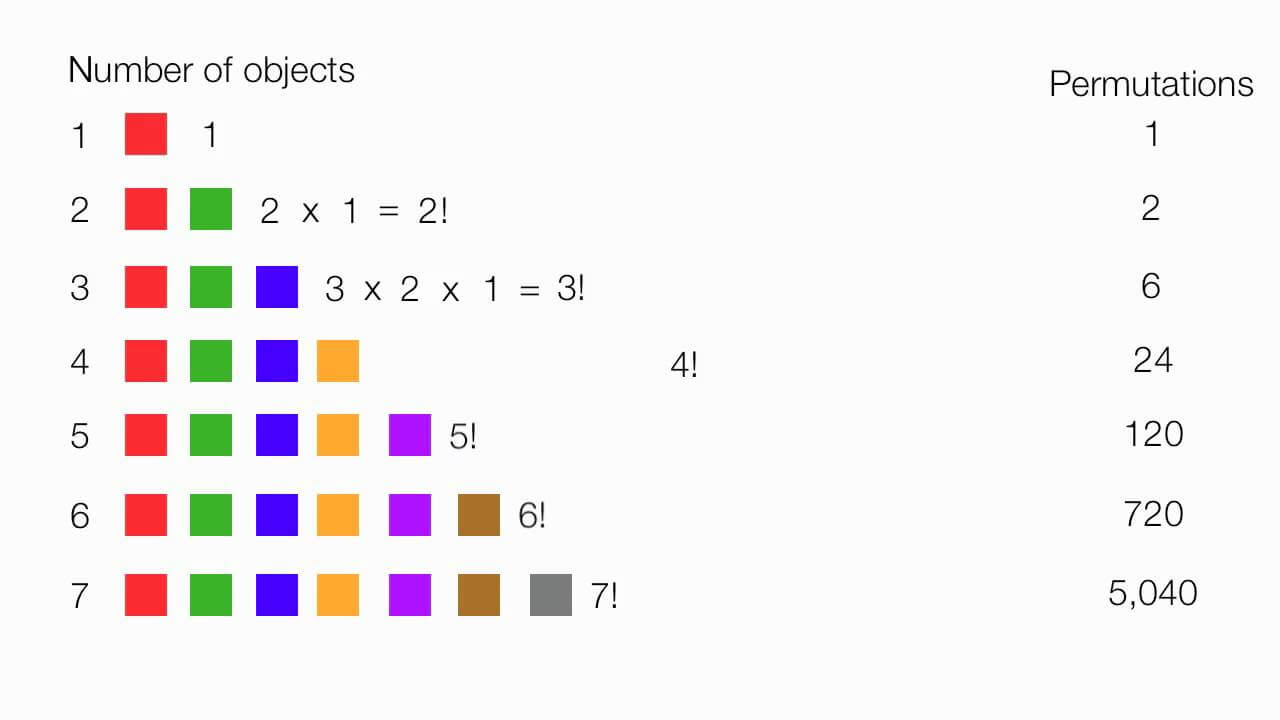Permutation And Combination Calculator - Calculatorall.com
The use of permutation and combination is quite common in the mathematical applications. Permutation refers to selecting specific elements from a set and the order of arranging the elements is very important here. On the contrary, in combinations we select elements irrespective of what their order may be. Sometimes permutations are mistakenly called as combinations just like the case with combination locks. In these locks the order of elements is very important because 1-3-9 is not exactly same as 3-9-1. But if we talk about combinations, it would be enough to have these numbers no matter what order they are arranged in. Different types of combinations and permutations are out there but our permutation and combination calculator considers one without replacement or repetition. So, if you again take the above mentioned combination lock example, our calculator won't consider the combinations where the values are repeated i.e. 2-2-2.
Permutations
Our permutation and combination calculator here computes a typical permutations concept in which arrangements of given number of the elements are taken out of the available set. Usually, in mathematical terms, it is referred to as partial permutation or r-permutation. When it comes to permutations without any replacements, all the possible options for listing elements of the set in a certain order are taken into consideration.
Combinations
The combinations are somehow related to the permutations as well. They're the permutations with no redundancies at all as the order isn't important when it comes to combinations. Just like the case with permutations, our permutation and combination calculator only computes combinations without any replacements.

Our permutation and combination calculator here requires you to enter just a couple of values only. First is the total number of elements in the set for which you have to compute the combinations or permutations. Second is the total number of elements in each of the subsets. If you know these two values then our calculator can give you the result for both the permutation and the combination as discussed above. Enter these values in the given fields and then just hit the calculate button to get the results right in front of you. The values that you provide are put in the formula for each of the two cases and that formula is displayed on your screen as well. In front of the formula containing the provided values, the result of the calculation is also displayed as well. The purpose behind mentioning the formula here is that you don't have any confusion as to how the results are calculated for both combinations and permutations.
One thing that you must remember here is that combinations have fewer choices as compared to permutation owing to the fact that all those redundancies are removed. The results shown by our calculator reflect that as well.
So, use the permutation and combination calculator given here to have the most accurate results for the described case for each. The results can then be applied to a number of mathematical applications as you might need.